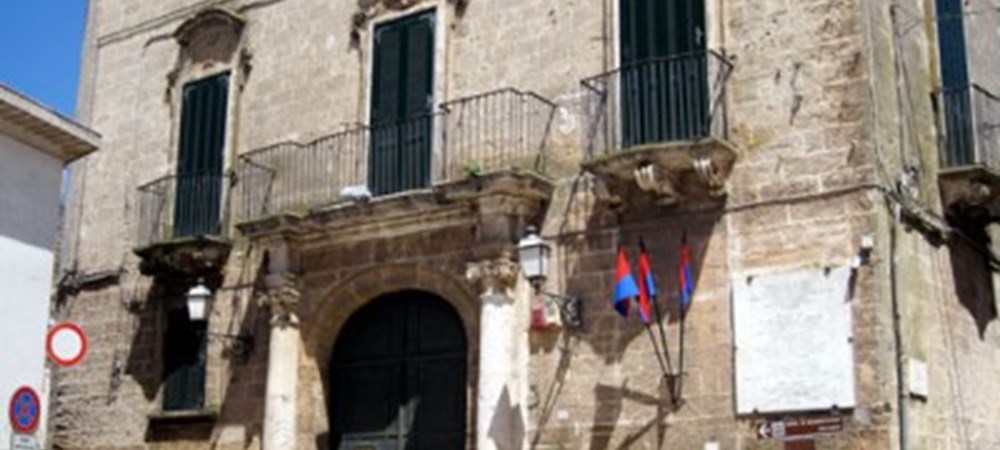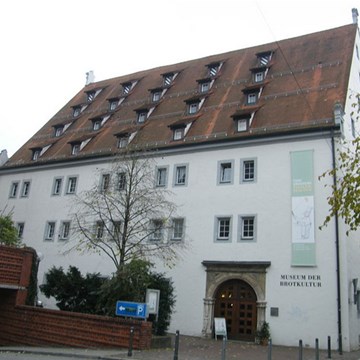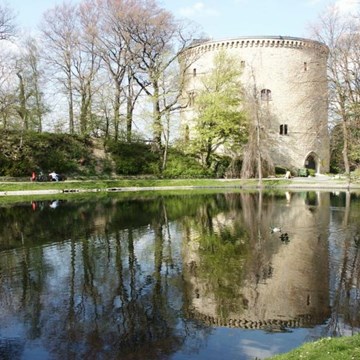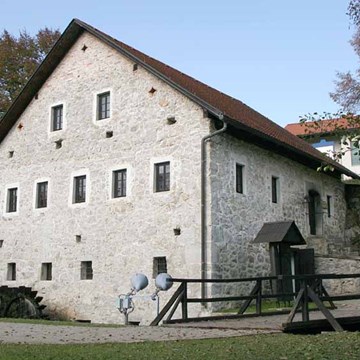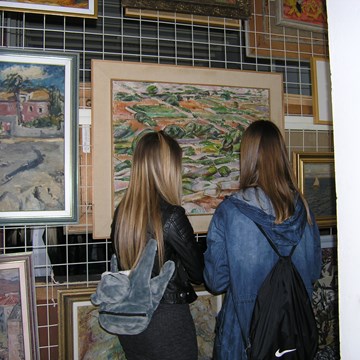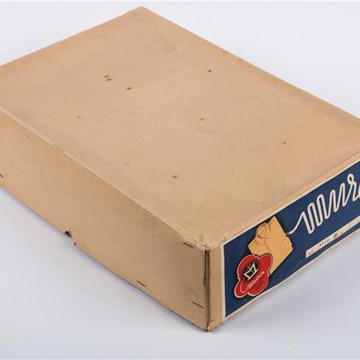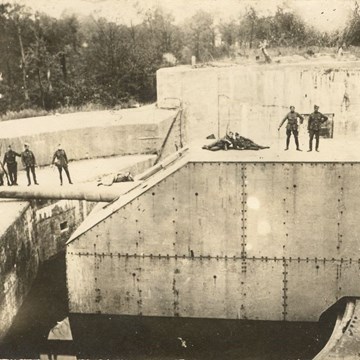Museo Archeologico di Oria e dei Messapi
The new Archaelogical Museum of Oria and Messapians is held at the eighteenth-century Martini palace.
You travel through the land between Jonio and Adriatico, with all its town and its villages, and you come across the diorama of Hyria looking for the Arta's palace and the temple on the acropolis, the Demeter's sanctuary, the triple wall, the furnaces, the acqueduct, the necropolis; you trample on the lions' mosaic in the hall and you can admire the laden tables; there are the votives deposits of the rupestrian sanctuary with gitf from the adults and the kids; from the darkness the goddesses reappear with their rituals and their peculiarities; in other words the visitator is absorbed in a past that stupifies, stuns, excites.
Customs, traditions, cultures arises in the funerary supplies, in the writings on the memorial stones, in the wealth of the votives deposits, in the variety of the crockery, in the rifined decorative art, between geometric and figurative, in the diversity of the materials (bronze, ivory, glassy pulp, gilded patinas) for a narration that develops in time and in space, with an appropriate sign.
From the finds of Monte Papalucio you can discover the oldest prototype of the Apulian tarallino (tipical Apulian pastry), found burned, and the most archaic raffiguration of Odysseus and Circe, a testament of the Messapian culture.
There are also the big krater of the Louvre painter's workshop, dolls for the kids, helms and bandoliers for the warriors and decorations for the ladies.
Il nuovo Museo Archeologico di Oria e dei Messapi è ospitato nel settecentesco Palazzo Martini.
Si percorre la terra tra Jonio e Adriativo, con tutte le sue città e villaggi, e ci si imbatte nel plastico di Hyria alla ricerca della reggia di Arta e del tempio sull'acropoli, del santuario di Demetra, della triplice cinta muraria, delle fornaci, dell'acquedotto, delle necropoli; si calpesta il grande mosaico dei leoni nel salone e si ammirano le mense imbandite; si aprono i depositi votivi del santuario rupestre con i doni di grandi e piccoli, riappaiono dalla oscurità le dee con i loro riti e le loro peculiarità; insomma tutto induce il visitatore ad una full immersion nel passato che stupisce, stordisce, emoziona.
Gli usi, i costumi, le tradizioni, le culture si disvelano nei superbi corredi funerari, nelle scritte sui cippi, nella ricchezza dei depositi votivi, nella varietà del vasellame, nella raffinatissima arte decorativa, tra geometrico e figurativo, nella diversità dei materiali (bronzo, avorio, paste vitree, patine dorate) per una narrazione che si sviluppa nel tempo e nello spazio, supportata da una cartellonistica congrua e appropriata.
Dai ritrovamenti di Monte Papalucio si può scoprire il più antico prototipo di tarallino pugliese, ritrovato carbonizzato, e la più arcaica raffigurazione di Odisseo e Circe, a testimonianza di una cultura messapica.
Ci sono inoltre il grande cratere della bottega del pittore di Louvre, bambole per i più piccoli, elmi e cinturoni per i guerrieri e ornamenti per la donne.
Exhibitions and events

Esposizione interna
Permanent exhibitionThe museum is composed by ten room that tell, through authentic finds, audiovisual suggestion and continuous referring to present time, the different existential contents of our ancestors....
Educational programs
We don't have anything to show you here.
Collections
We don't have anything to show you here.
